Урок в 9 классе по теме «Страницы истории»
Шинкоренко Алла Владимировна, учитель английского языка, высшая квалификационная категория, КГУ «Гимназия «БЭСТ», СКО город Петропавловск |
Тип урока: повторительно-обобщающий
Цель урока: обобщение единичных знаний в систему по теме «Страницы истории»
I. Warming up (Разогрев): We live in the 21st century in a fast changing world, the world of new ideas and new technologies, but we shouldn’t forget that our present life has been prepared by everything that has happened on our planet so far.
What is our history? Is it a set of books on our shelf or something else? (No, the long history of mankind is not a set of books or a string of half-remembered events of the past. Our history is what we are now. It explains things to us and warns us about the future because — as the saying goes — history repeats itself.
II. I: a) Do you like history? (Oh, yes, I do! It’s interesting to know a lot about past events)
b) What periods in the history of mankind do you find most interesting? At what time would you like to live? (As for me, I’m fond of ancient times — the civilization of Ancient Greece and Rome. I’d like to live in those times because it’s very interesting to look at the «polis», independent city-state and to come across Julius Caesar, the «Dictator for Life»)
c) What people played a special role in history? (Famous philosophers, writers, politicians, architects, inventers)
d) How do you see the future of our civilization? (a sample version: If people solve environmental problems that exist nowadays, future generations will have a more developed civilization)
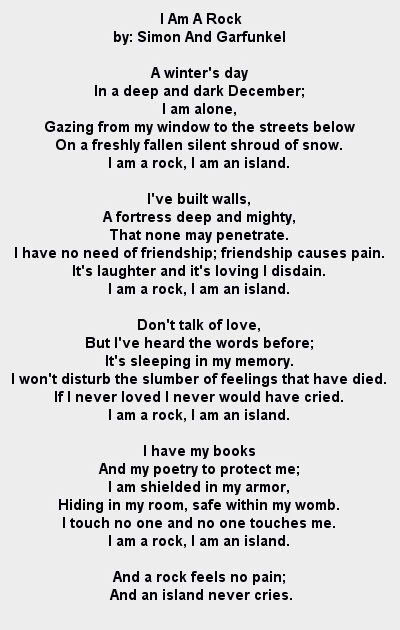 )
)III. The teacher: If we are going to speak about history and the development of civilizations, we should clear up the point — what a civilization means. Will you give me a definition? (It depends on the point of view — modern scholars say that a civilization has the following basic characteristics: political and religious structures and administration of the territories, a complex division of labor, with full-time artisans, soldiers, peasants and administrators.
How many civilizations were there in the past?
— Historians have differed greatly in this question. Nowadays they study not only civilizations of the Western World going back to Ancient Greece and Rome but also the civilizations of Islam, Byzantium, India, China, Japan and the African kingdoms.
— (карта древнего мира на доске)
IV. Listen to the text «Crete: a Culture Built on an Island». (show the island on the map) Listen to the text and understand if the information in the book is true, false or it wasn’t mentioned.
Текст аудирования:
Crete: A Culture Built on an Island
By 4,000 years ago, there were a number of civilizations in the world. Most of these cultures were in places where there was good land for farming. Yet one civilization grew on the rocky soil of Crete, an island in the Mediterranean Sea.
Crete has never been an ideal place to live. Its coasts are rough. The land is hilly and rocky. In only a few places is the land good for farming. Crete’s climate has always been mild. Winters are cool. Summers are hot. Long ago the island was a little cooler and wetter than it is now. Still, Crete has never had as much rain as the farmers there have needed.
Why, then, did people come to Crete? Perhaps because it was at the centre of the things. Across the sea to the east lay Southwest Asia. There people were already building cities. To the south it was Egypt, a growing civilization. To the north lay Europe. People there were farming and building villages along the Mediterranean Sea.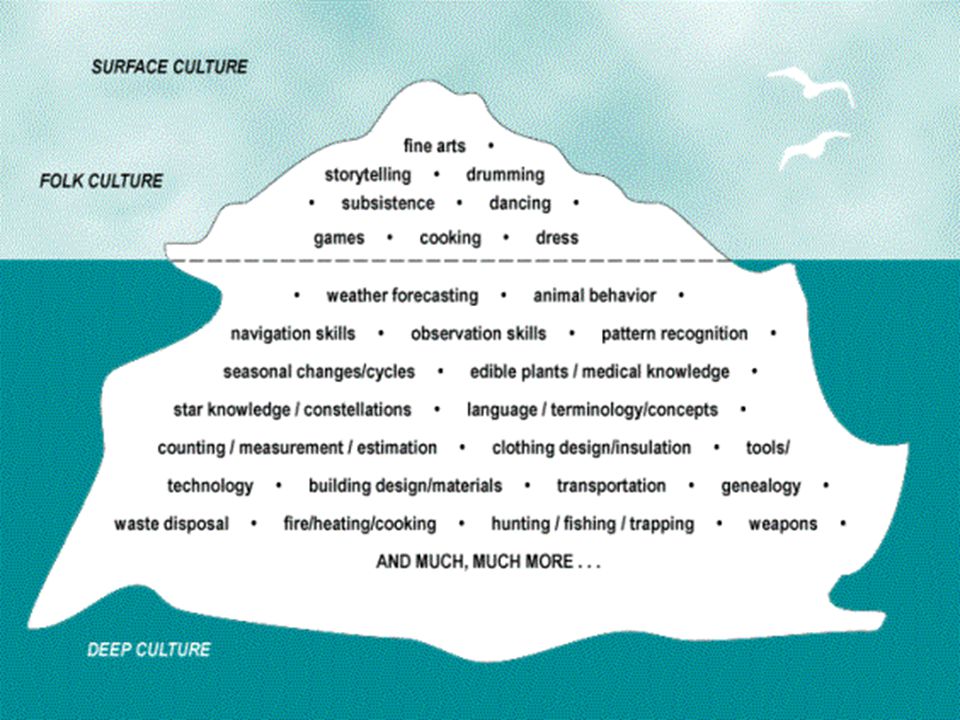 Crete, then, lay at the crosswords of the Mediterranean world. This fact was very important and brought people to the shores of the island. It also helped them to build a civilization there.
Crete, then, lay at the crosswords of the Mediterranean world. This fact was very important and brought people to the shores of the island. It also helped them to build a civilization there.
The first Cretans came to the island about seven and a half thousand years ago. They probably crossed the sea from Southwest Asia. Just to find their new home, these first settlers had to know something about sailing. Early Cretans depended greatly upon the sea for food. Much of their diet was made up of fish. They also grew grapes and olives and kept sheep, goats and pigs. They drank goat milk and ate goat cheese. They also hunted wild pigs, birds and rabbits.
The Cretans lived on an island and knew the sea, they had become fine sailors. They built strong boats and sailed far from home landing in Egypt and on the coast of Southwest Asia.
As you know I was in Crete. I’ve brought some souvenirs from Crete. One of them is a Pithagorath’s cup or a «fair cup», which has a line inside. A tradition says that when Pithagoras looked after the workers who were building the town Samos, he invented this cup to moderate their wish to drink wine. Let’s make an experiment. If I pour water not uppper the line, I can easily drink water, but if I’ m greedy and the water overpasses the line, the cup has immediately emptied. The moral: drink with measure or, even, be modest with your wishes.
A tradition says that when Pithagoras looked after the workers who were building the town Samos, he invented this cup to moderate their wish to drink wine. Let’s make an experiment. If I pour water not uppper the line, I can easily drink water, but if I’ m greedy and the water overpasses the line, the cup has immediately emptied. The moral: drink with measure or, even, be modest with your wishes.
1. Crete is an island in the Mediterranean Sea. (true)
2. All known civilizations began growing in places suitable for farming. (false)
3. Crete’s climate has always been ideal for farming. (false)
4. The culture the people of Crete built is called Minoan civilization. (not mentioned in the text)
5. People came to Crete because it was situated in the middle of the Mediterranean world. (true)
6. The first Cretans came to the island about the year five and a half thousand (5500) BC. (true)
7. The first Cretans grew a lot of different vegetables and fruit on the island.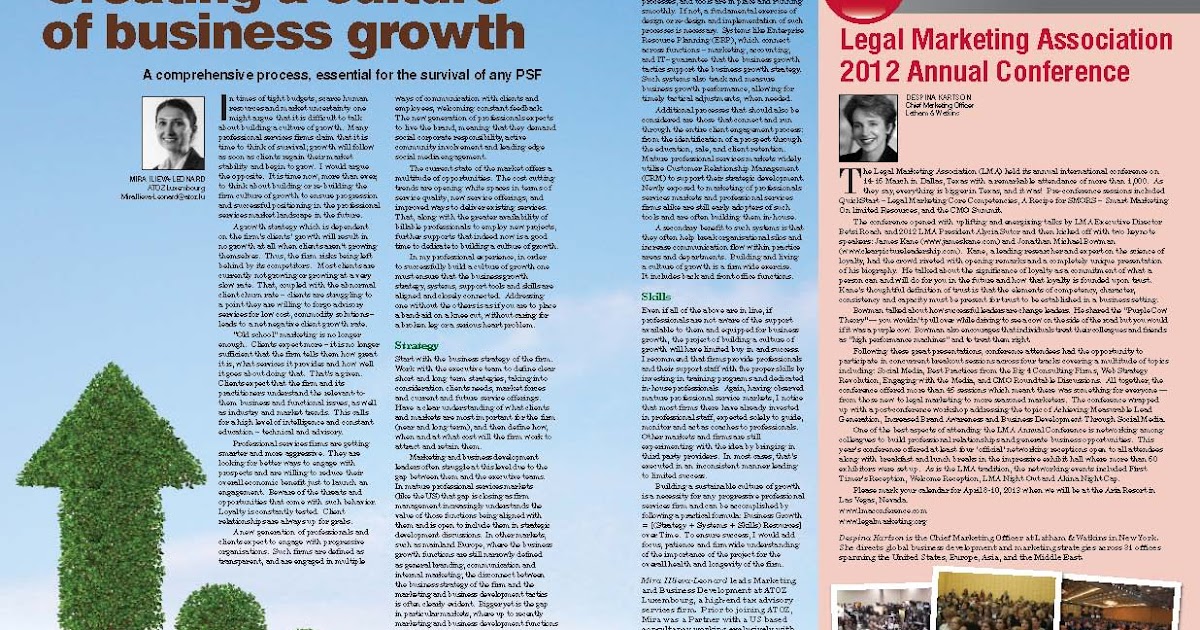
8. On Crete honey was used to sweeten food. (not mentioned in the text)
9. The first Cretans made long voyages to the north of Europe. (not mentioned in the text)
V. Look at the map again. Today we shall speak about three ancient civilizations: Ancient Egypt, Ancient Greece and Ancient Rome. What do you know about their greatest achievements?
1) Ancient Egypt — it has so many wonders», wrote the Greek writer Herodotus. It developed a unique and self-contained culture that lasted for 3 thousand years. Ancient cities, pyramids, temples and various monuments have been preserved.
 Let’s remember some of them. I: When I was in Greece I went to the excursion to the Zeus Cave. It is also a legend. When Kera, a goddess, gave birth to a child, Chronos, her husband used to kill them. Because he was predicted to die from the hand of his child. Kera kept her new-born son in the deep cave and when little Zeus was crying their bodyguards made a noise with their weapons. So Zeus was brought up and killed his terrible father. What legends do you know?
Let’s remember some of them. I: When I was in Greece I went to the excursion to the Zeus Cave. It is also a legend. When Kera, a goddess, gave birth to a child, Chronos, her husband used to kill them. Because he was predicted to die from the hand of his child. Kera kept her new-born son in the deep cave and when little Zeus was crying their bodyguards made a noise with their weapons. So Zeus was brought up and killed his terrible father. What legends do you know?VI. The lifestyle which we enjoy today is a result of countless ideas and inventions, which have taken many centuries of man’s history to develop.
Look at these pictures! What can you say about these inventions? (из учебника 9 класса «Английский язык» Афанасьева О.
VII. Not only things that people made with their hands pave the way to the future. People themselves play a great role in the development of history. Do you know what famous people lived at the same time? Who were the contemporaries? (the pictures on the blackboard)
VIII. It’s very important what people create with their minds — their ideas, hopes and ambitions. And I’m sure you have people you admire who were outstanding philosophers, scientists, artists, heroes of wars, etc. Don’t forget to mention famous people who lived in town!
(Дети в 3–4 предложениях рассказывают о великих людях — государственных деятелях, философах, писателях, поэтах, учёных, спортсменах, артистах, почему они ими восхищаются, какие качества характера привлекли их больше всего)
Who wants to share the names of people you admire?
IX. Let’s make a conclusion! What proverbs about history do you know and how can they summarize all the material we’ve learnt?
(Students should give a proverb and explain the meaning of it, connecting with the events mentioned at the lesson)
e. g.: Happy is the country that has no history.
g.: Happy is the country that has no history.
The pen is mightier than the sword.
History repeats itself.
All is fair to love and war.
(учащиеся объясняют, как они понимают смысл пословиц)
What proverb could be a conclusion? (Дети приводят примеры подходящих пословиц, например: «History repeats itself» — и поясняют смысл: «Our history is what we are now. It explains things to us and warns us about the future».)
Самоанализ урока в 9 а классе.
Тип урока: по признаку основной дидактической цели урока мой урок является повторительно-обобщающим.
Тема урока: «Страницы истории».
Цель урока: обобщение единичных знаний в систему по теме «Страницы истории».
Аспекты урока:
Учебный
— активизировать навыки чтения, монологической и диалогической речи
Развивающий
— развивать речевые способности, психологические функции, связанные с речевой деятельностью: память, внимание, мышление, способность логически мыслить и умение анализировать.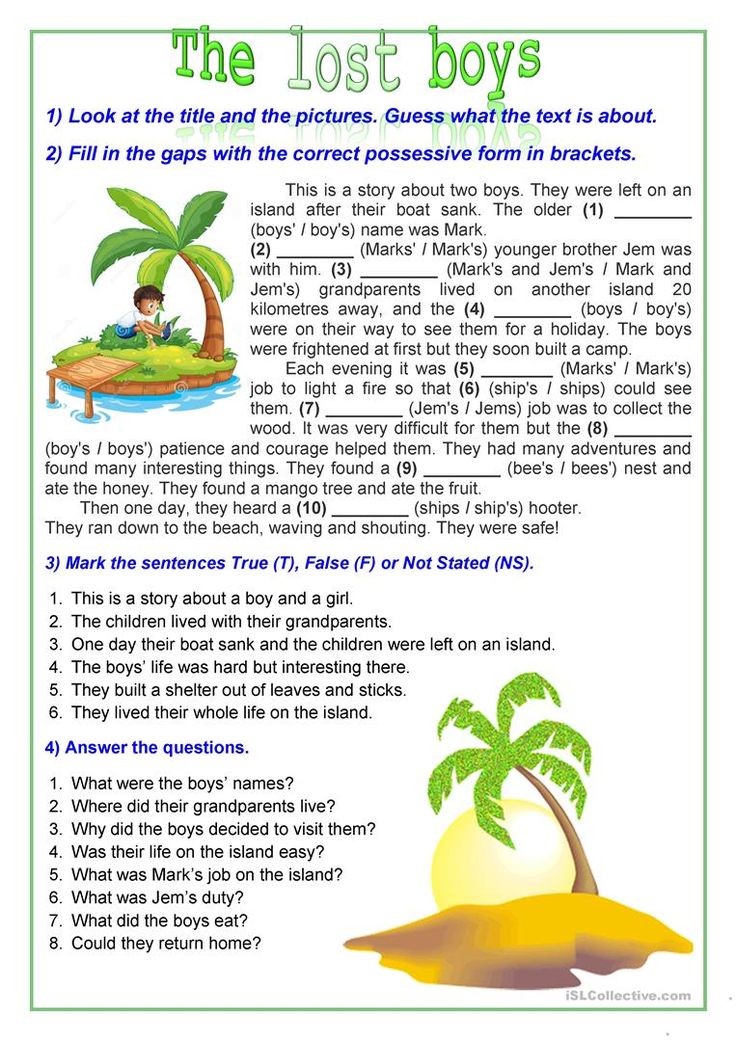
Воспитательный
— воспитывать уважительное отношение к истории, ценностям, выработанным предыдущими поколениями; к истории нашей страны. Вызвать желание восхищаться и брать пример с замечательных людей, рождённых на земле Казахстана.
Личностно-ориентированный
— развивать исследовательские и творческие навыки, способствовать развитию умения самостоятельно находить и сопоставлять факты, создавать условия для повышения интереса к изучаемому материалу.
Формы работы: предварительно: индивидуальная работа, в группе, на уроке — фронтальный, индивидуальный.
Алгоритм урока:
1. Сообщение (заранее) темы урока с рекомендацией списка вопросов, литературы, сайтов (применение ВЕБ-КВЕСТ технологии).
2. Обеспечение учащихся необходимым материалом: текстами, таблицами, наглядными пособиями, обобщающими схемами, картами, алгоритмом действия с сайтами, аудиоматериалами.
Самое главное в методике обобщения — включение части в целое.
3. Объединение единичных знаний в систему — самими учащимися.
4. Подведение итогов — обобщение единичных знаний самим учителем (но, с помощью учеников).
Урок проводился в 9 «а» классе. На уроке присутствовало 6 учащихся — 5 девочек и 1 мальчик. Отсутствующих — нет. 3 ученика имеют «5» по предмету «английский язык», 3ое имеют оценку «4». У всех учащихся высокий уровень мотивации к изучению иностранного языка, не случайно 2 учащихся являются призёрами (1 и 2 место) в прошлогодней городской олимпиаде по английскому языку. У всех учащихся развита беглая устная речь, сформирован самоконтроль в учении, хорошая память.
Реализация принципов обучения.
На уроке были реализованы следующие принципы:
Принцип направленности обучения на комплексное решение задач.
Принцип доступности обучения.
Каждый вид наглядности использовался для более доступного восприятия речи как учителя, так и выступающих у доски учеников, а также для развития монологического высказывания.
Принцип систематичности и последовательности в формировании знаний, умений и навыков соблюдался правильно, был правильный переход от простых заданий к более сложным.
Сознательность, активность и самостоятельность учащихся достигалась с помощью правильно поставленных вопросов, руководство обучением школьников осуществлялось по схемам учитель — ученик, ученик — ученик.
Развитие учащихся на уроке осуществлялось в полной мере. Были задействованы все учащиеся этой группы.
Преобладающий характер познавательной деятельности — творческий.
Структура урока полностью соответствует логике проведения заявленного типа урока, т. к. моей основной организационной задачей являлось создание условий для обобщения ранее изученного материала по теме «Страницы истории».
Отобранное содержание урока, оборудование урока, организация активной мыслительной деятельности учащихся на всех этапах урока, формы организации учебной деятельности учащихся, применение словесных, визуальных методов, работа с учебником, с компьютером, демонстрационным материалом, картой мира, способствовали достижению образовательных целей урока, стимулировали познавательные интересы учащихся.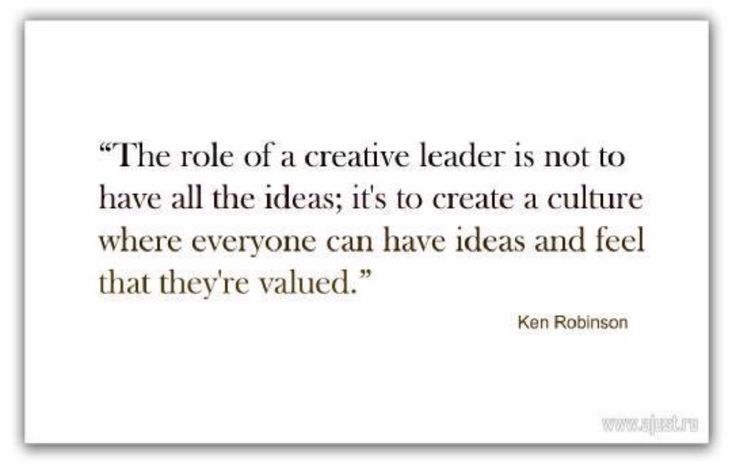
Уровень самостоятельного мышления школьников, их познавательной активности, уровень усвоения и использования материала я оцениваю как высокий. Уверена, что данный урок послужил отправной точкой дальнейшей познавательной деятельности учащихся.
Особый аспект на уроке имел здровьесберегающий эффект. Я, совместно с учащимися, постаралась создать атмосферу психологического комфорта на уроке.
Учащиеся на уроке были активны, внимательны, сосредоточены на решение поставленных задач. Самостоятельная подготовка к уроку, поиск нужного материала, выбор демонстрационного материла детей пропустить через сердце тему урока. И эта мысль подтверждена высказыванием древнегреческих мудрецов: «Люди могут забыть, что вы сказали. Могут забыть, что вы сделали. Но никогда не забудут, что вы заставили их почувствовать»
На данном уроке поставленные задачи были решены. Перегрузки учащихся, как физической, так и психической не было, благодаря смене видов деятельности. Уверена, что тема «Страницы истории» усвоена всеми и в полном объёме.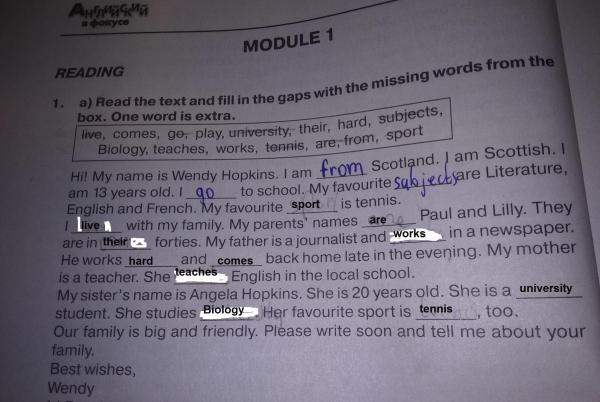
CITY STARS | УЧЕНИКАМ
MY MOSCOW 1
Exercise 1, p. 21
Look at the photos and the titles of the texts. What can you see? What is special about those places? Listen and read to find out.
Moscow International Business Centre “Moscow City”
“Moscow City” is a business district consisting of skyscrapers that has been under construction since the mid-1990s. Using the same building methods as some of the world’s leading capitals, such as Paris, the government of Moscow decided to develop a new city centre away from the historical core of the city.
The original plan was to build 23 skyscrapers in total. The twisted Evolution Tower, a complex of skyscrapers called the Federation Tower, the golden Mercury City Tower, the complex City of Capitals — built out of blocks – are just a few of them. Inside the towers there are offices, apartments, hotels, shopping malls, and its underground core has a whole transport hub with three metro stations.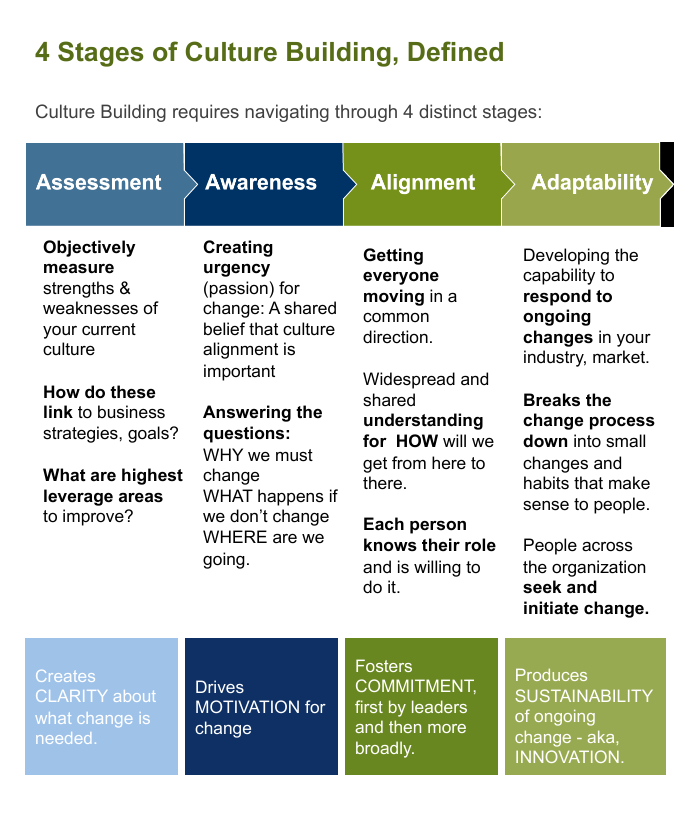
The construction of “Moscow City” has changed the area around it. This area was once full of old factories. Nowadays there are impressive modern buildings.
The Exhibition of Achievements of National Economy (VDNH) is a unique architectural complex and one of the top fifty largest exhibition centres in the world. It opened in 1939 as the All-Union Agricultural Exhibition (VSHV). Over time it had different appearance, ideology and names like the VPV, VDNH USSR and VVC. Originally, the pavilions displayed all the achievements of the national economy of the region and republics. In the 1960s, the pavilions became the industryspecific ones.
Today, the complex has the current name VDNH and its original historical look. You can find many unique architectural masterpieces and grand fountains throughout the site. Pedestrian zones, the largest skating rink in Europe and a giant oceanarium cover one-third of the VDNH. Many popular events and sports festivals take place here.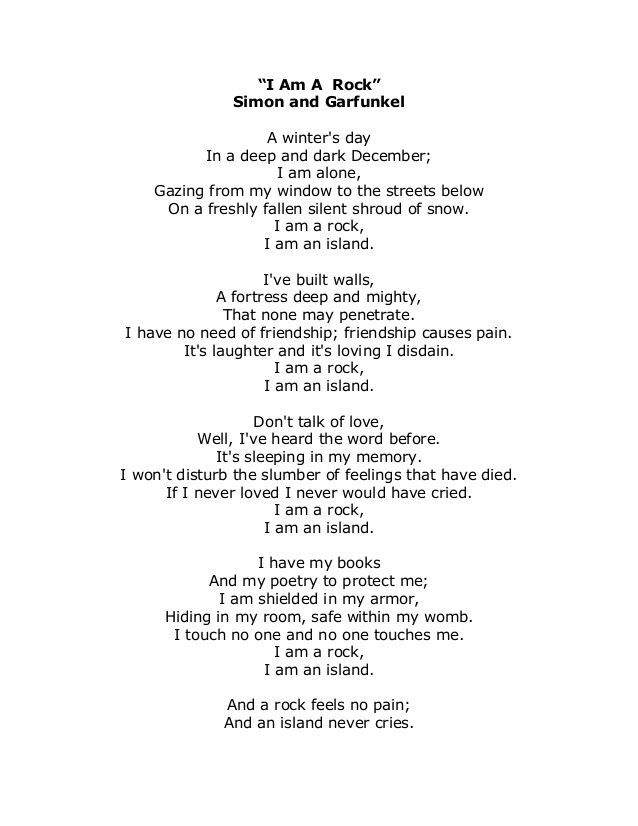 Under the patronage of the mayor of Moscow, Sergey Sobyanin, VDNH continues to develop as the largest cultural exhibition centre and the main public park in Moscow.
Under the patronage of the mayor of Moscow, Sergey Sobyanin, VDNH continues to develop as the largest cultural exhibition centre and the main public park in Moscow.
Записать ответ
КОД УЧЕНИКА
ВОЙТИ
Exercise 2, p. 21
Read the texts and write A or B. Which place …
1 is an area with really tall buildings? | AAB |
2 had other names in the past? | AAB |
3 is still under construction? | AAB |
4 is ideal to play sports? | AAB |
5 is outside the old city centre? | AAB |
6 now looks the same as in the past? | AAB |
КОД УЧЕНИКА
ВОЙТИ
Exercise 3, p. 21
a) Use the words business, pedestrian, exhibition, skating, under, transport, architectural, twisted to make phrases.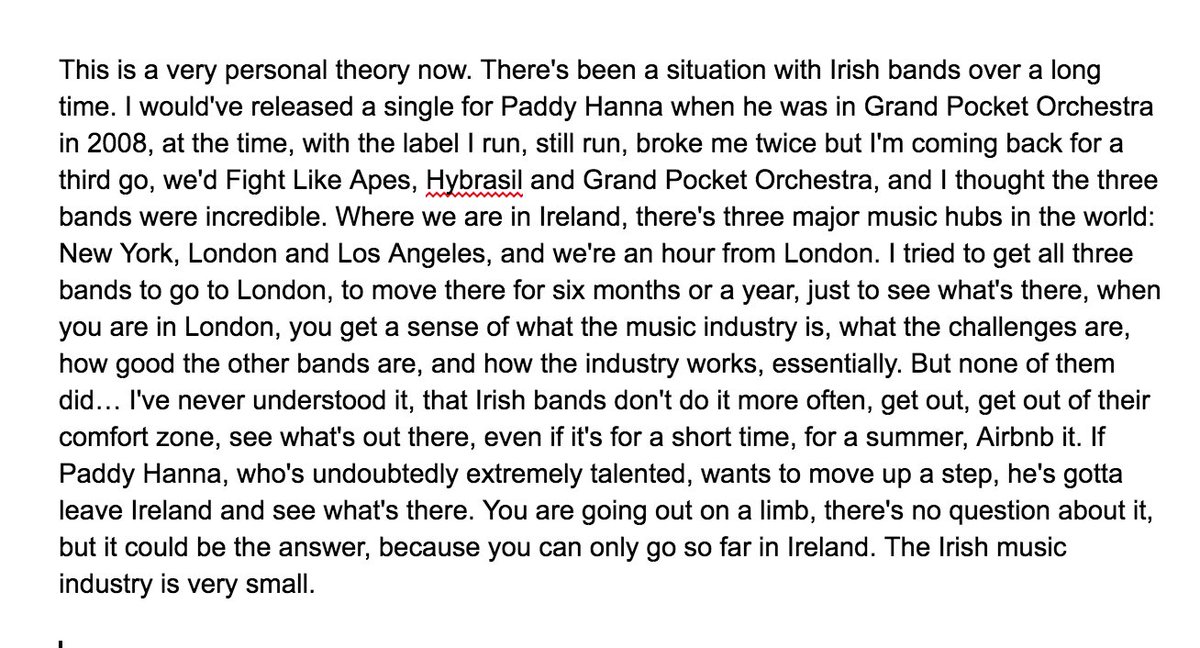
1 district | 5 complex |
2 construction | 6 centres |
3 tower | 7 zones |
4 hub | 8 rink |
b) Use the above phrases to describe the two places.
КОД УЧЕНИКА
ВОЙТИ
Exercise 4, p. 21
Make a list of the things that impressed you in the texts. Write short sentences. Compare with your partner.
Записать ответ
КОД УЧЕНИКА
ВОЙТИ
Exercise 5, p. 21
Collect more information about the skyscrapers in “Moscow City”. Present it to the class.
КОД УЧЕНИКА
ВОЙТИ
MY MOSCOW 2
Exercise 1, p. 39
What do you usually eat at school? Are there any healthy options? Is it important to eat healthily? Who are behind food preparation in schools in Moscow? Listen and read to find out.
Good nutrition is essential for the health of young Muscovites. A complete and balanced diet helps prevent diseases, improves your physical and mental development. Not only that, it also leads to higher productivity and better progress in school.
Every Moscow school carefully plans the meals for all their students so that they provide all the nutrients students’ bodies need. The aim is to give students a balanced diet, so they use only high-quality products.
Schools also help students form good eating habits for the future. But they can’t do it on their own. After all, a child has breakfast and dinner at home, so parents are responsible for their children’s eating habits, too.
The school and parents cooperate to provide a healthy diet for the children. Schools, health workers and representatives from parent involvement committees also work together to organise school nutrition. Food providers have to meet high standards, and schools must display information about their students’ diets on their websites.
Vadim Krylov, an endocrinologist and a nutritionist, believes that it is very important for schools to cooperate with parents. “We should explain the principles of a healthy diet to pupils as well as to their parents. For example, a glass of fruit juice contains the same amount of calories as a plate of spaghetti with chicken. Furthermore, children are often encouraged to eat sweets. This may lead to obesity. Instead, parents can encourage children to visit a museum, go to the theatre or to a playground,” he notes.
Krylov is right. When schools and parents work together, every student benefits and will have the healthiest future possible.
Записать ответ
КОД УЧЕНИКА
ВОЙТИ
Exercise 2, p. 39
Read the text and answer the questions.
1 Why is it important to have a healthy diet?
2 What kind of products do schools in Moscow choose for their students’ meals?
3 Why should parents go to school meetings?
4 Who is responsible for school nutrition?
5 What does Vadim Krylov think?
КОД УЧЕНИКА
ВОЙТИ
Exercise 3, p.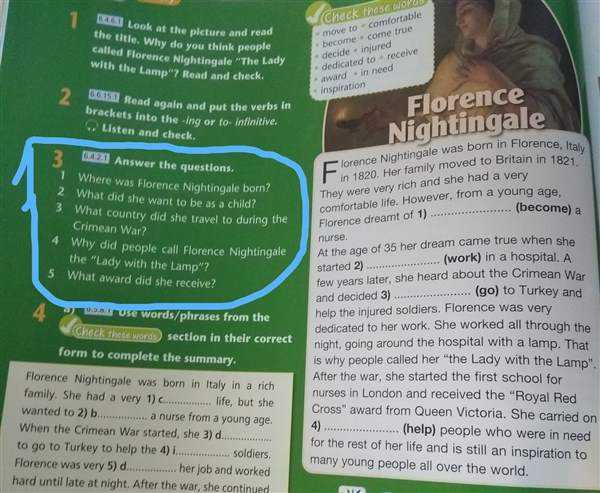 39
39
What do you usually eat at school? Are there any healthy options? Is it important to eat healthily? Who are behind food preparation in schools in Moscow? Listen and read to find out.
КОД УЧЕНИКА
ВОЙТИ
Exercise 4, p. 39
Collect more information about healthy eating. Design your own healthy school menu. Present it to the class.
Записать ответ
КОД УЧЕНИКА
ВОЙТИ
MY MOSCOW 3
Exercise 1, p. 57
Moscow is famous world wide for its amazing architecture. What do you know about these architects? What else would you like to know? Write a few questions about each one.
Listen to and read the texts to see if you can answer your questions.
Ivan Zholtovsky (1867—1959)
Ivan Zholtovsky is one of the key figures in the history of Soviet architecture. After the fall of Avant-garde architecture in 1932, he made his main contribution to the history of architecture when he headed an architecture school.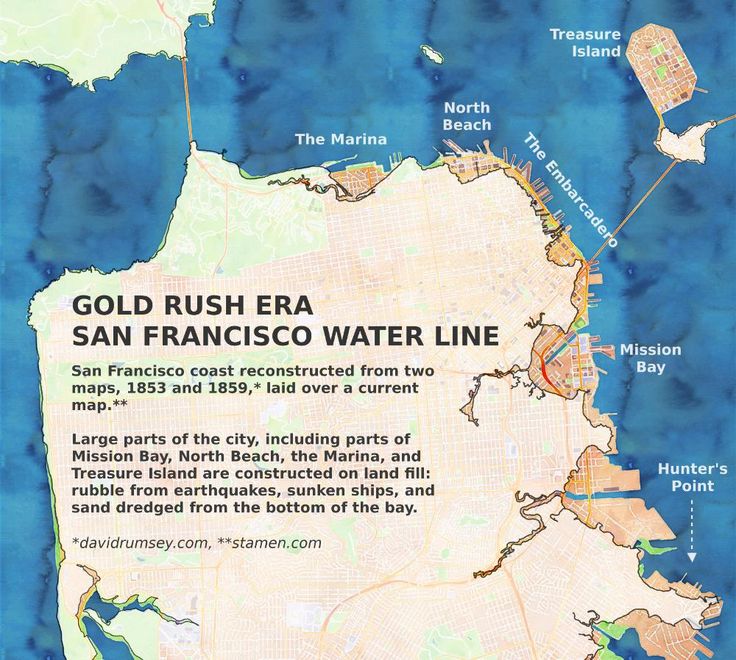 The new architectural style was similar to neoclassicism and many of the buildings in Moscow between the 1930s-1950s were built in this style. In many ways, this style created the present look of the city. Zholtovsky contributed heavily to the post-war reconstruction of Russia’s cities. In particular, he advanced the progressive idea of planning city blocks on a large scale with blocks of flats, cinemas and other complexes.
The new architectural style was similar to neoclassicism and many of the buildings in Moscow between the 1930s-1950s were built in this style. In many ways, this style created the present look of the city. Zholtovsky contributed heavily to the post-war reconstruction of Russia’s cities. In particular, he advanced the progressive idea of planning city blocks on a large scale with blocks of flats, cinemas and other complexes.
Konstantin Melnikov (1890—1974)
Konstantin Melnikov is one of the most wellknown architects of the 21st century. In his famous Avantgarde projects of the 1920s-1930s he created innovative buildings by experimenting with form, space and lighting. He first became famous worldwide when his exhibits appeared in the USSR pavilion at the 1925 International Exhibition of Modern Decorative and Industrial Arts in Paris. His projects include several unique public buildings in Moscow, such as worker clubs and garages and even his own workshop in Krivoarbatsky Lane which is, even to this day, in the list of the masterpieces of world architecture.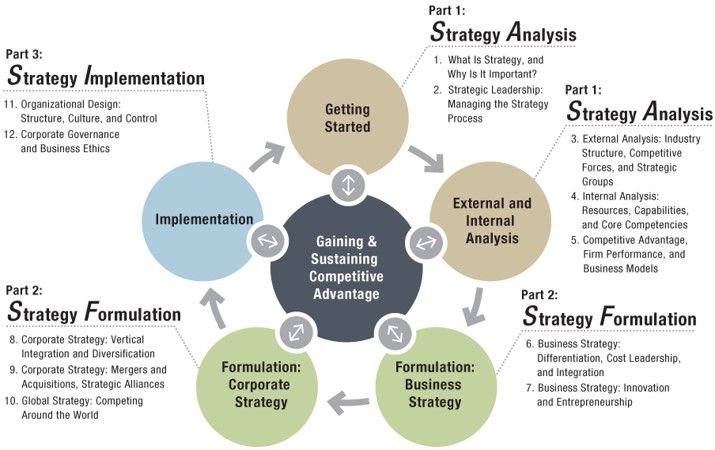 It consists of two cylinders that together form a figure 8.
It consists of two cylinders that together form a figure 8.
Lev Rudnev (1885—1956)
Lev Rudnev’s greatest project is the impressive Moscow State University located at Vorobyovy Gory (previously known as Lenin Hills). It was built from 1948 to 1953. Thirty-seven buildings in the university campus and the park were constructed at the same time. All the buildings in the university can make up a whole city with a population of 50,000 people. At the centre of the complex there is a 32-storeyed building with a spire which is 240 metres high. Before the 2000s, it was one of the seven Moscow skyscrapers that created the city’s skyline. The complex brings to life the neoclassicist spirit of that period. Its characteristics include grand atmosphere, rich interior decoration with lots of details made of marble, glass and bronze, gems (from the Ural region), and valuable species of wood.
Записать ответ
КОД УЧЕНИКА
ВОЙТИ
Exercise 2, p. 57
Read the text and say if the sentences are T (true), F (false), or NS (not stated).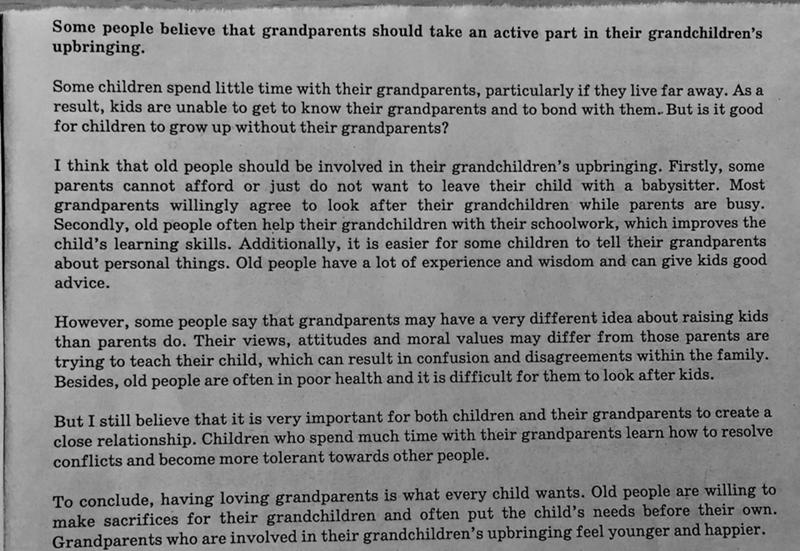
1 Ivan Zholtovsky worked in educating other architects. | TTFNS |
2 Ivan Zholtovsky created 25 blocks of flats in Russia. | TTFNS |
3 Konstantin Melnikov designed buildings using ordinary forms. | TTFNS |
4 Konstantin Melnikov’s workshop is one of the best buildings worldwide. | TTFNS |
5 It took Lev Rudnev more than 7 years to build the Moscow State University. | TTFNS |
6 The central building in the campus was Lev Rudnev’s favourite. | TTFNS |
КОД УЧЕНИКА
ВОЙТИ
Exercise 3, p. 57
It’s Culture Day at your school. Choose one of the architects in the text and make notes about his achievements and work. Present him to the class.
КОД УЧЕНИКА
ВОЙТИ
Exercise 4, p.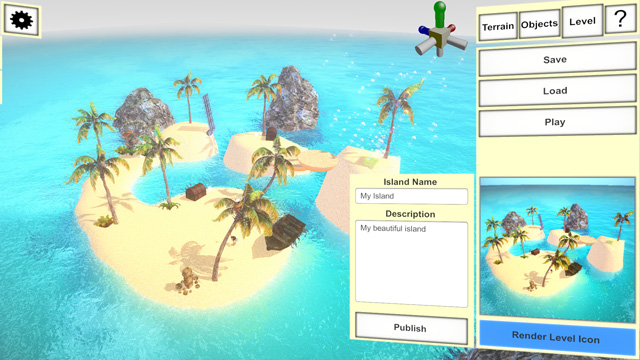 57
57
Collect more information about famous Moscow architects. Write a short biography. Present it to the class.
Записать ответ
КОД УЧЕНИКА
ВОЙТИ
MY MOSCOW 4
Exercise 1, p. 75
Where do you usually go on holiday? Would you rather go on holiday to a big city centre or to the countryside? How can you spend your holiday time in a big city centre like Moscow? What places are there to have a really good time at? Listen, read and check.
Port at VDNH
What a pleasure it is to relax by the water on a hot day! And you don’t have to be by the sea! Even in Moscow you can find places to swim and to sunbathe. One such comfortable place is at VDNH between pavilions 8 and 9. It’s Port – the largest beach in Moscow.
At VDNH people can find four large pools, jacuzzis, volleyball courts, a stage and a café. In fact, there is everything you need to feel like you’re on holiday! At the weekend, Port even hosts concerts and various events.
Port is a family-friendly place. There are pools for adults and a children’s pool with water slides, one of which looks like a real ship! The water is always warm at about 28°C. There are also comfortable sun loungers by the pools and lifeguards on duty. Sports fans are welcome too. Visitors can work out at the sports ground, or play tennis, table tennis or even mini football. Experienced coaches are on hand to teach everyone how to play water polo, do yoga or dance.
There are even more activities at Port. Twice a week in summer, professional artists teach anyone who wants to learn how to draw! In the centre of Port there’s an oak grove where people can hide from the hot summer sun and relax. They can also listen to music or rest on comfortable sofas by the dance floor. And at weekends there is dancing till morning! The bar has got a variety of smoothies and milkshakes–the best in Moscow!
Serebryany Bor
In the North-West of Moscow there is one of Muscovite’s favourite place to relax – Serebryany Bor.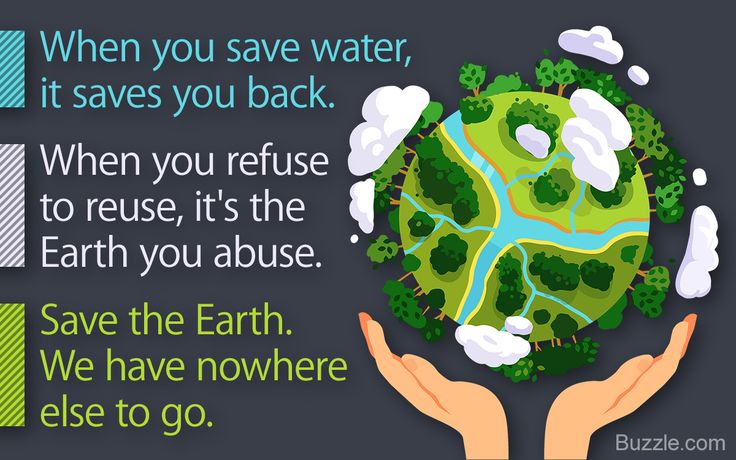 It’s a park on the bank of the Moskva River with beaches, cafés, playgrounds and cottages. Every weekend, and often on weekdays, thousands of Muscovites come to Serebryany Bor to swim, play sports or go for walks.
It’s a park on the bank of the Moskva River with beaches, cafés, playgrounds and cottages. Every weekend, and often on weekdays, thousands of Muscovites come to Serebryany Bor to swim, play sports or go for walks.
Once it was just an area on the Moskva River where, in the 17th century, people practised falconry. In the 1930s, the Khoroshevskii Canal was built, turning Serebryany Bor into an island with only a bridge connecting it to the land. Later, the area became a campsite where everyone could enjoy the beaches, lake and
beautiful scenery of the landscape.
There are many parks in Moscow, but it’s difficult to find places to swim. Serebryany Bor is where the Moskva River enters the city, so the water here is very clean. This creates a perfect place for beaches.
Today, Serebryany Bor has several beaches. They have everything you need to relax – from sun beds and deck chairs to cafés and restaurants. People can also go kayaking, wind-surfing or play water sports. There are also volleyball and tennis courts. Sometimes, there are musical festivals and beach parties here as well. Some couples choose the place for their wedding. In winter, many people gather here to celebrate the traditional Epiphany ceremony on 19th December.
There are also volleyball and tennis courts. Sometimes, there are musical festivals and beach parties here as well. Some couples choose the place for their wedding. In winter, many people gather here to celebrate the traditional Epiphany ceremony on 19th December.
Записать ответ
КОД УЧЕНИКА
ВОЙТИ
Exercise 2, p. 75
Read the texts again and write A, B or both. In which place can you …
1 swim? | AABboth |
2 develop your artistic skills? | AABboth |
3 attend a cultural event? | AABboth |
4 attend an important religious celebration? | AABboth |
5 play water sports? | AABboth |
КОД УЧЕНИКА
ВОЙТИ
Exercise 3, p. 75
Imagine you are at one of these places.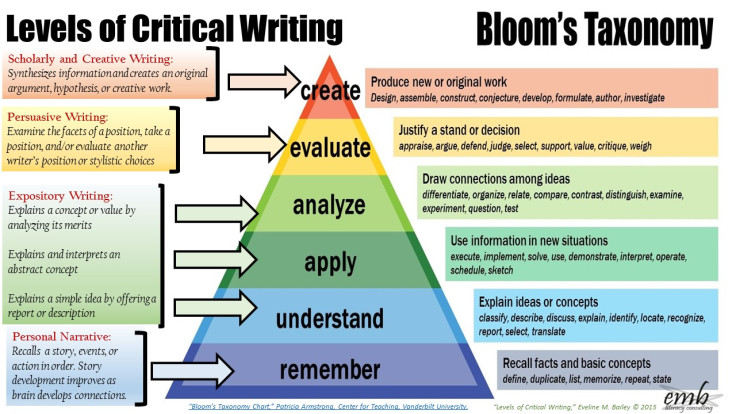 Where exactly are you? Who are you with? What are you doing now? What are you planning to do later? How do you feel? Tell your partner.
Where exactly are you? Who are you with? What are you doing now? What are you planning to do later? How do you feel? Tell your partner.
Записать ответ
КОД УЧЕНИКА
ВОЙТИ
Exercise 4, p. 75
Collect information about other popular places in Moscow. Design a leaflet for tourists. Present it to the class.
КОД УЧЕНИКА
ВОЙТИ
MY MOSCOW 5
Exercise 1, p. 93
What is special about the Moscow education system? How does it cater for children with special needs? Listen, read and check.
Moscow schools – open to all children
A good education is one of the best ways for every child – with or without disabilities – to develop social skills. Moscow educational organisations at all levels (preschool, school, vocational and higher education) create special teaching conditions depending on the students’ individual needs.
Almost every big school in Moscow can provide special conditions for teaching physically challenged children. Disabled children who enrol in their local schools can receive a good education and be included in their communities equally with others. Such schools, with students with mixed abilities and special educational needs, do a great job by adopting inclusive teaching methods.
Disabled children who enrol in their local schools can receive a good education and be included in their communities equally with others. Such schools, with students with mixed abilities and special educational needs, do a great job by adopting inclusive teaching methods.
In case a child needs something more than that, Centres of Psychological-Pedagogical, Medical, and Social Assistance serve as resource centres to help every young person continue their studies and develop social skills. For example, if a child has certain learning, medical or social difficulties which in any way stop them from studying, these centres can provide the necessary help.
Moscow: activities for all
In Moscow, disabled children are welcome. They can visit museums, theaters, parks and various places of interest. Moreover, since 2015 the Festival 1+1 has been held in Moscow. The participants are inclusive groups including children and young people with different educational needs aged 3 to 20.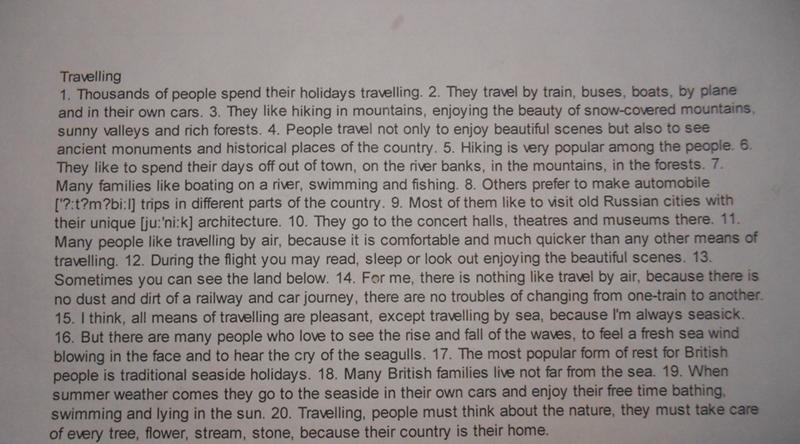 Through their creative and artistic work, they can show their various talents and skills in different kinds of art. What is most important about this festival is that it encourages the public to think more about the problems disabled children may have as well as the difficult situations many young people are in. By going to the festival, the public can learn more about these children and how to help them. The highlight of this festival is the final concert which attracts large crowds of people.
Through their creative and artistic work, they can show their various talents and skills in different kinds of art. What is most important about this festival is that it encourages the public to think more about the problems disabled children may have as well as the difficult situations many young people are in. By going to the festival, the public can learn more about these children and how to help them. The highlight of this festival is the final concert which attracts large crowds of people.
Educational practices, public access for all and festivals like this are all good ways to remember one thing: no matter what difficulties you face, you can still achieve great things. And Moscow gets this message across.
Записать ответ
КОД УЧЕНИКА
ВОЙТИ
Exercise 2, p. 93
Read the texts again and answer the questions.
1 What options in education are there for disabled children in Moscow?
2 In Moscow, how can children with different kinds of difficulties get more help?
3 What activities are available for disabled children in Moscow?
4 What is the Festival 1+1?
КОД УЧЕНИКА
ВОЙТИ
Exercise 3, p. 93
93
Tell the class three things that impressed you from the text.
КОД УЧЕНИКА
ВОЙТИ
Exercise 4, p. 93
Create another festival similar to Festival 1+1. Think about: name – location – time of year – duration – activities. Present your idea to the class.
КОД УЧЕНИКА
ВОЙТИ
MY MOSCOW 6
Exercise 1, p. 111
Look at the photos and the title of the text. How are these names related to this theatre: princess Shakhovskaya – Glebova-Streshneva – Fyodor Kolbe – Konstantin Tersky – Igor Stravinsky – Boris Pokrovsky – Kyrill Tikhonov – Elena Obraztsova – Dmitry Bertman? Listen and read to find out more.
Moscow musical theatre «Helikon-Opera»
Bolshaya Nikitskaya str., 19/16, building 1,2
In 1886, princess Shakhovskaya-Glebova-Streshneva rebuilt the estate to the theatre. Two famous architects worked on the project. Fyodor Kolbe rebuilt the street façade and Konstantin Tersky rebuilt the yard and its façade.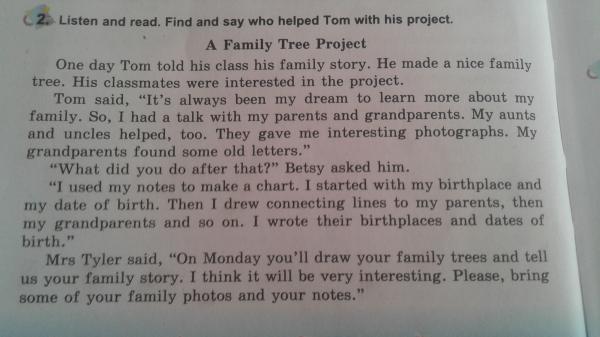 The street façade is famous in Europe for its eclectic style and the yard is a wonderful example of pseudo-Russian stylization.
The street façade is famous in Europe for its eclectic style and the yard is a wonderful example of pseudo-Russian stylization.
In the 2000s, the reconstruction of the manor began. The original buildings were made larger and, finally, in 2015, the “Helikon-Opera” moved into the new complex. In the courtyard, they built a big hall named after the famous composer Igor Stravinsky. History of theatre begins in 1990. In the 2000s, the reconstruction of the theatre rooms began. The hall can accommodate up to 500 spectators and is similar to a Greek theatre.
During the reconstruction of the theatre, they preserved its historic interiors. At the same time they upgraded the stage with modern stage equipment. They opened more halls in the historic building, all named in honour of important Russian cultural figures. The white-columned hall was named in honour of princess Shakhovskaya-Glebova-Streshneva. The music halls were named after several famous people, like the first conductor of the “Helikon-Opera,” Boris Pokrovsky, the head conductor of the theatre, Kyrill Tikhonov and the legendary opera singer, Elena Obraztsova.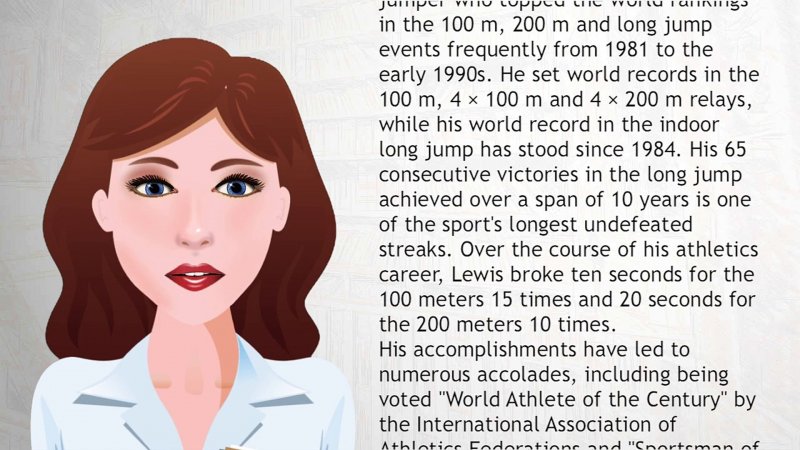
More than 200 performances are held annually in the “Helikon-Opera” under Dmitry Bertman’s supervision.
Interesting facts
• The ceiling looks like the starry sky. Thousands of ceiling lamps and 13 balls, or “helicons,” reflect the sound back into the theatre. This construction creates perfect sound in the auditorium.
• There are LED windows in the walls of the auditorium. During performances, people can see various pictures that create special visual effects.
• There are special platforms in the stage that can rise and fall during performances.
• Today people can enjoy a real bell-ring sound during the performance. Six bells, specially made in Voronezh, are in the backstage.
• They have restored the historic building to make it look like it did in the 19th century preserving its original fretwork and wooden vaulted ceilings.
• The hall named after princess Shakhovskaya-Glebova-Streshneva is famous because Pyotr Tchaikovsky conducted, Feodor Chaliapin sang songs and Alexander Pushkin read his poems in it.
• After the reconstruction, the “Helikon-Opera” has become one of the leading world theatres.
Записать ответ
КОД УЧЕНИКА
ВОЙТИ
Exercise 2, p. 111
Read the text again and complete the sentences.
1 The style of the street façade of the Helikon-Opera is …..
2 The name of the big hall in the courtyard is …..
3 During reconstruction the new halls got their names from …..
4 Today more than 200 performances …..
КОД УЧЕНИКА
ВОЙТИ
Exercise 3, p. 111
Read the text again. Make notes of the facts that most impressed you. Compare with your partner.
КОД УЧЕНИКА
ВОЙТИ
Exercise 4, p. 111
Collect more information and interesting facts about Helikon-Opera. Write a short paragraph. Present it to the class.
КОД УЧЕНИКА
ВОЙТИ
|
Как создать культуру психологической безопасности
Основные моменты
- Сотрудники, которые чувствуют себя комфортно, выражая свои мысли, более вовлечены
- Внутренняя организационная культура строится на основе отношений на рабочем месте
- Создание пространства для позитивных разговоров может помочь создать позитивную рабочую культуру
Почему сотрудники иногда молчат, когда должны говорить? Боятся ли они последствий или последствий? Считают ли они, что новые идеи нельзя рассматривать с уважением без натиска критики по поводу неотъемлемых рисков, шквала требований подробного плана проекта или настойчивости в немедленном доказательстве завышенной рентабельности инвестиций?
Проще говоря, почему мы воздерживаемся от нашего потенциального вклада, когда знаем, что проект или процесс не работает или идет к катастрофе?
Потому что это небезопасно. Польза от молчания, как правило, намного перевешивает выгоду от того, что вы говорите.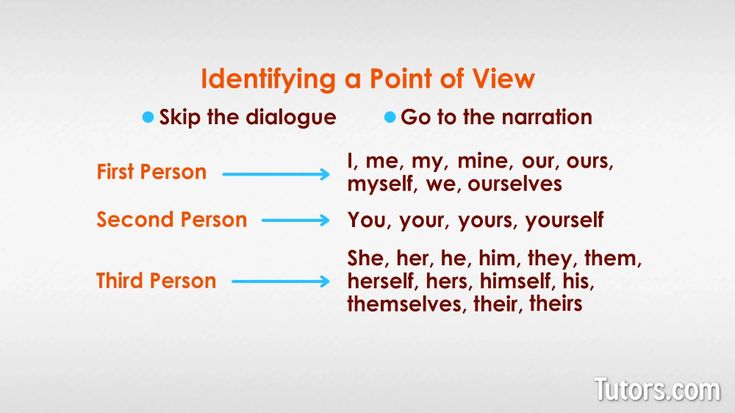 Сотрудники опасаются, что их идеи будут отвергнуты в ущерб им или что менеджеры зайдут так далеко, что накажут их. Поэтому они держат головы опущенными и рты на замке. Я полагаю, что работники Volkswagen, которые не заговорили о фальсифицированных данных о выбросах, вероятно, имеют к этому отношение.
Сотрудники опасаются, что их идеи будут отвергнуты в ущерб им или что менеджеры зайдут так далеко, что накажут их. Поэтому они держат головы опущенными и рты на замке. Я полагаю, что работники Volkswagen, которые не заговорили о фальсифицированных данных о выбросах, вероятно, имеют к этому отношение.
###Embeddable###
Данные Gallup показывают, что только трое из 10 работников в США полностью согласны с тем, что на работе их мнение считается важным. Однако, увеличив это соотношение до шести из 10 сотрудников, организации могут добиться снижения текучести кадров на 27%, снижения количества инцидентов, связанных с безопасностью, на 40% и повышения производительности на 12%.
Доктор Эми Эдмондсон, профессор Гарвардской школы бизнеса, использует термин «психологическая безопасность» и определяет ее как «климат, в котором людям комфортно находиться (и выражать) себя». Эдмондсон подтвердил, что психологическая безопасность предсказывает улучшение качества, обучаемости и продуктивности. Внутреннее исследование, проведенное Google, показало, что команды с высокими показателями психологической безопасности лучше других команд реализовывали разнообразные идеи и добивались высоких результатов. Они также с большей вероятностью останутся в компании.
Внутреннее исследование, проведенное Google, показало, что команды с высокими показателями психологической безопасности лучше других команд реализовывали разнообразные идеи и добивались высоких результатов. Они также с большей вероятностью останутся в компании.
Культура психологической безопасности способствует вовлеченности сотрудников. Они могут рисковать и экспериментировать. Они могут выражать себя, не опасаясь неудачи или возмездия. Сопоставьте этот тип культуры с тем, в котором сотрудники чувствуют себя слишком запуганными, чтобы говорить или делиться новой идеей. Трудно представить, что эти сотрудники могут мысленно позволить себе быть вовлеченными в работу.
Четыре вопроса, которые ведут к психологической безопасности
Недавно я работал с клиентской организацией, которая наняла нового руководителя отдела кадров, чтобы помочь провести реорганизацию, начиная с отдела кадров. Спустя время дела по-прежнему не становились лучше. CHRO был разочарован тем, как долго длился переход, но команда все еще чувствовала слишком большую неопределенность, чтобы быть полностью вовлеченной.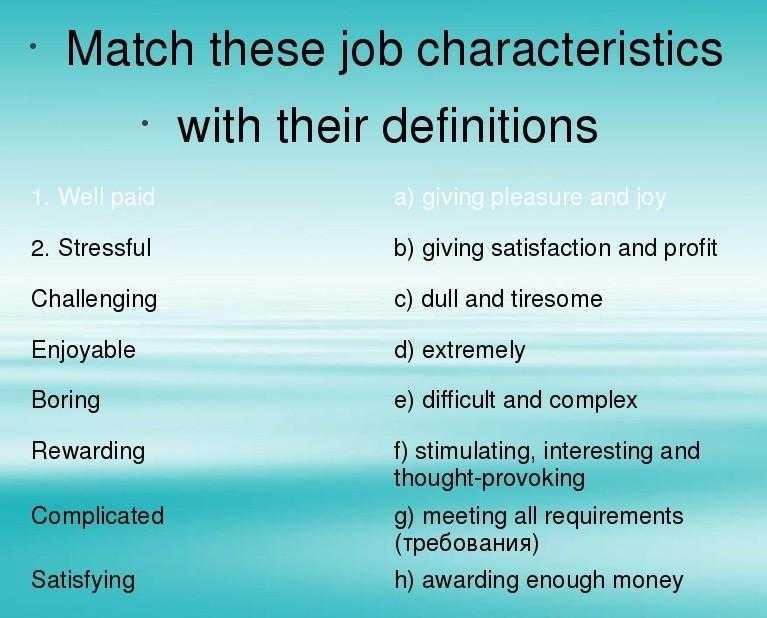 Мне было ясно, что никто в отделе не чувствовал себя в безопасности, защищая или активно продвигая новую идею, мнение или критику — они беспокоились о своей работе. Окружающая среда не была негативной; это включало в себя много сердечного общения и личного духа. Но это было непродуктивно, как только началась настоящая работа.
Мне было ясно, что никто в отделе не чувствовал себя в безопасности, защищая или активно продвигая новую идею, мнение или критику — они беспокоились о своей работе. Окружающая среда не была негативной; это включало в себя много сердечного общения и личного духа. Но это было непродуктивно, как только началась настоящая работа.
Я собрал команду в конференц-зале и задал им четыре вопроса:
- В чем мы можем рассчитывать друг на друга?
- Какова цель нашей команды?
- К какой репутации мы стремимся?
- Что нам нужно сделать по-другому, чтобы добиться такой репутации и выполнить свое предназначение?
Вопросы предназначены для формирования культуры психологической безопасности. Обратите внимание, что порядок так же важен, как и сами вопросы. Первый вопрос говорит о сильных сторонах и имеет основополагающее значение для установления индивидуальной безопасности, прежде чем погрузиться в более широкие проблемы психологической безопасности команды.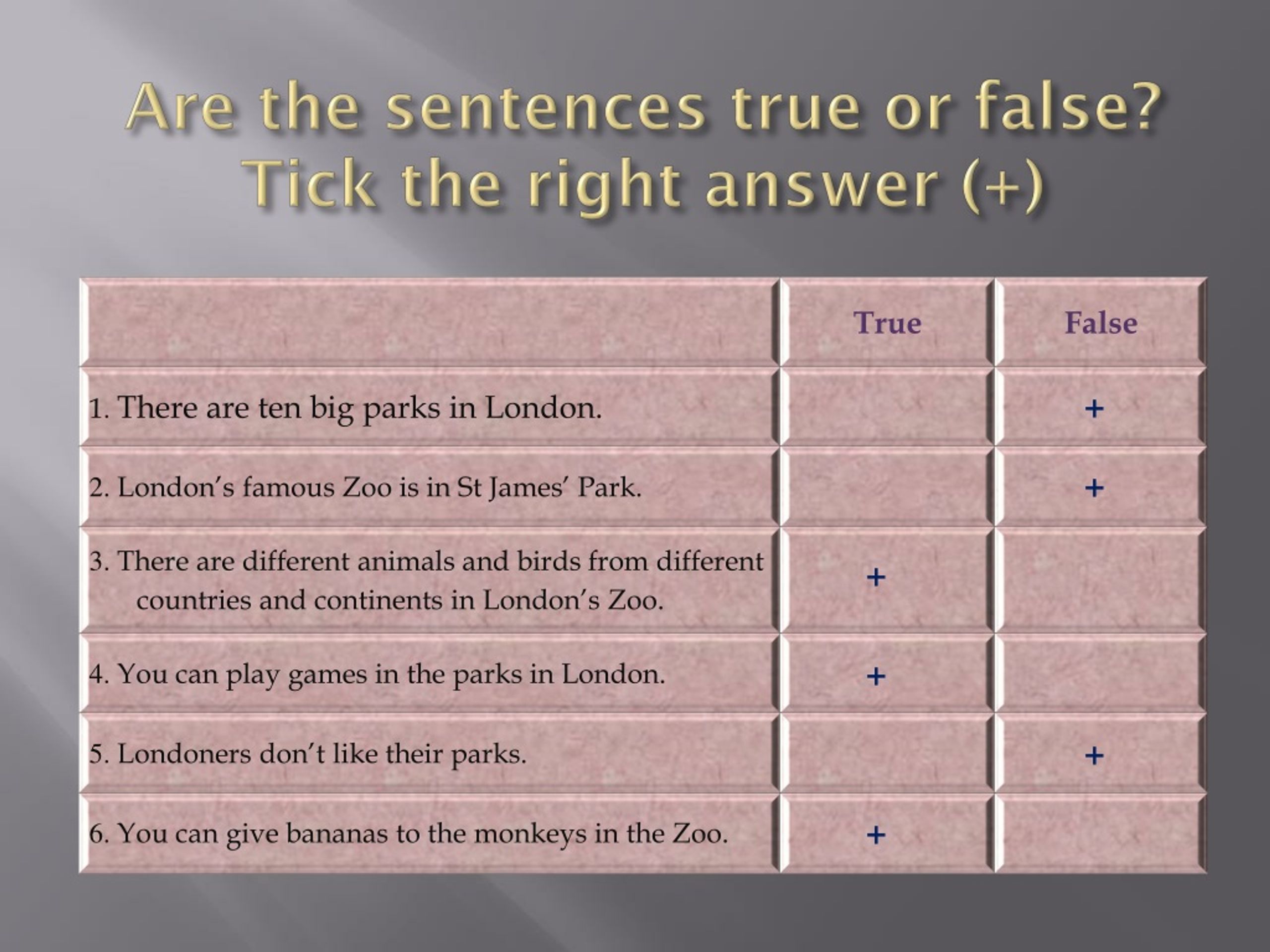
После некоторого подготовительного обучения и деятельности я спросил первого человека справа от меня: «Итак, на что эти люди могут рассчитывать на вас?» Она задумалась на минуту и сказала: «Прежде всего, вы всегда можете рассчитывать на то, что я уложусь в сроки. Я никогда не опоздаю». Люди за столом все кивнули. — Но разве не все так делают? она спросила. Затем члены команды начали делиться примерами случаев, когда ее своевременность имела значение для их успеха, и она начала понимать, что ее команда действительно ценит и искренне нуждается в ее вкладе в их работу.
Я спросил следующего человека, на что команда может рассчитывать на него, с тем же утвердительным результатом. В конце концов, все услышали — вслух — от своих товарищей по команде, что их конкретный вклад уникален, оценен и высоко оценен. Один за другим каждый член команды выражал то, что, по их мнению, он внес в команду, и каждый из них был подтвержден и чувствовал себя в большей безопасности.
Это было хорошее начало, но команде нужно было копнуть глубже, чтобы создать такую безопасность, которая привела бы к реальному улучшению бизнеса.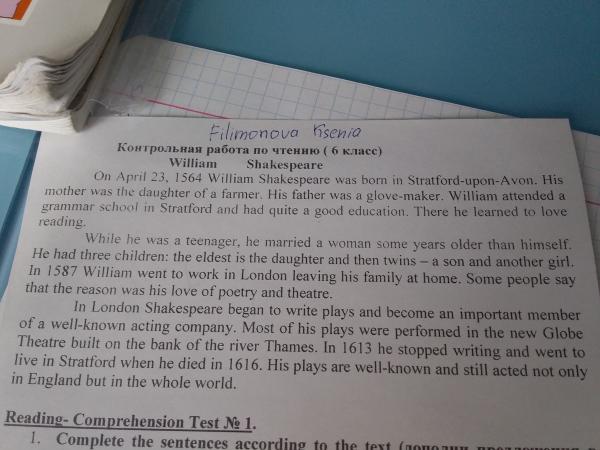 Они должны были соответствовать общей цели и идентичности. Я заставил их вместе продумать эти элементы. Почему они приходят на работу каждый день? Какова цель HR в этой компании? Как они вместе достигают этой цели? Затем, имея в виду эту цель и процесс, чем они стремятся быть известными в компании? Какой бренд они хотят создать?
Они должны были соответствовать общей цели и идентичности. Я заставил их вместе продумать эти элементы. Почему они приходят на работу каждый день? Какова цель HR в этой компании? Как они вместе достигают этой цели? Затем, имея в виду эту цель и процесс, чем они стремятся быть известными в компании? Какой бренд они хотят создать?
В конце концов члены команды придумали свои «Руководящие принципы». Сегодня они используют эти принципы, чтобы укрепить общее направление, подход, единство и идентичность, в конечном итоге создавая все более глубокое чувство безопасности среди членов команды.
Некоторые из способов, которыми команда использует эти принципы, являются практичными: они используют их для фильтрации и определения приоритетов повесток дня собраний персонала в зависимости от того, соответствуют ли темы повестки дня принципам. Команда HR использует их, когда они взаимодействуют с деловыми партнерами, устанавливая ожидания и отчетность партнеров со своими заинтересованными сторонами.
Однако некоторые способы использования носят более теоретический характер. Когда члену команды нужно попросить о помощи или внести новую идею или задачу в существующий процесс, он может сформулировать свой запрос на языке, который команда использует для описания своей коллективной цели или бренда. CHRO использует принципы команды, чтобы объяснить поведение и работу тренера. Последовательно применяя их повсеместно, эти общие Руководящие принципы помогают им общаться и работать вместе таким образом, чтобы способствовать психологической безопасности как личности, так и команды.
Через шесть месяцев после создания и внедрения Руководящих принципов команда провела анализ своей вовлеченности, используя опрос Q 12 сотрудников компании Gallup. Результат команды подскочил на 0,70 балла по пятибалльной шкале Q 12 . Для контекста 0,20 — это значительное улучшение.
Формирование культуры психологической безопасности
В то время как критические элементы, такие как организационная структура, процессы и системные аспекты, могут влиять на корпоративную культуру, поведенческая сторона культуры создается каждым человеком, командой за командой, день за днем.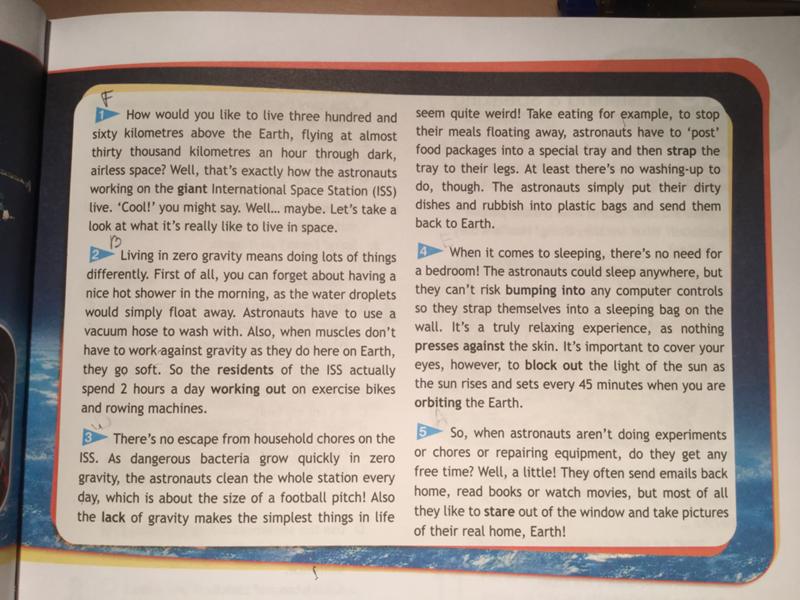 Командная и индивидуальная безопасность важны, но индивидуальная безопасность должна стоять на первом месте в процессе создания психологической безопасности. И это должно быть на первом месте для любой надежды на улучшение взаимодействия и производительности.
Командная и индивидуальная безопасность важны, но индивидуальная безопасность должна стоять на первом месте в процессе создания психологической безопасности. И это должно быть на первом месте для любой надежды на улучшение взаимодействия и производительности.
Вот что ответы на четыре вопроса дали людям из отдела кадров — страховочная сетка, с помощью которой можно доверять и быть открытыми друг с другом. Это позволяло им быть достаточно уязвимыми, чтобы быть вовлеченными. Изучение этих четырех вопросов может сделать то же самое для любой команды или организации, которые хотят создать культуру психологической безопасности. Лидеры и менеджеры могут использовать четыре вопроса для поощрения участия, идей и честности. В идеале каждая команда в организации должна работать над четырьмя вопросами, чтобы определить общую ценность, цель и идентичность. В лучшем случае, чтобы произошли реальные изменения в культуре, они должны включать и начинать с исполнительной команды. Лидеры должны ответить на четыре вопроса с точки зрения команды и организации.

 Они приплыли из
на восток, с южноамериканской земли или из Центральной Полинезии на север
а запад? Страшно представить себе путешествие на остров Пасхи из любого места.
направление, которое заняло бы как минимум две недели, охватывающее несколько
тысячи миль кажущегося бесконечным океана. Ясно, однако, что
первоначальные жители, должно быть, происходили из культуры мореплавателей, искусных в
строительство судов дальнего плавания и плавание в открытом море.
Они приплыли из
на восток, с южноамериканской земли или из Центральной Полинезии на север
а запад? Страшно представить себе путешествие на остров Пасхи из любого места.
направление, которое заняло бы как минимум две недели, охватывающее несколько
тысячи миль кажущегося бесконечным океана. Ясно, однако, что
первоначальные жители, должно быть, происходили из культуры мореплавателей, искусных в
строительство судов дальнего плавания и плавание в открытом море.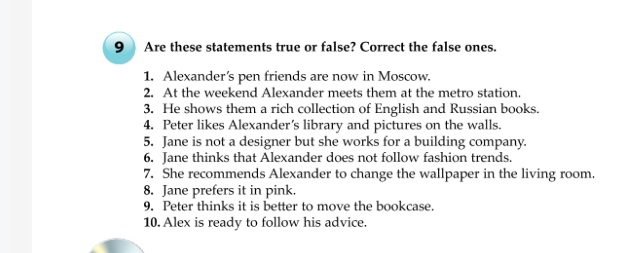
 Понятно, что они были готовы рискнуть жизнью, чтобы
найти неизведанные земли. Хоту Матуа и его семья высадились на острове Пасхи.
в
Пляж Анакена. Те-Пито-те-Энуа, «край земли» или «край земли».
конец» — это раннее название острова.
Понятно, что они были готовы рискнуть жизнью, чтобы
найти неизведанные земли. Хоту Матуа и его семья высадились на острове Пасхи.
в
Пляж Анакена. Те-Пито-те-Энуа, «край земли» или «край земли».
конец» — это раннее название острова.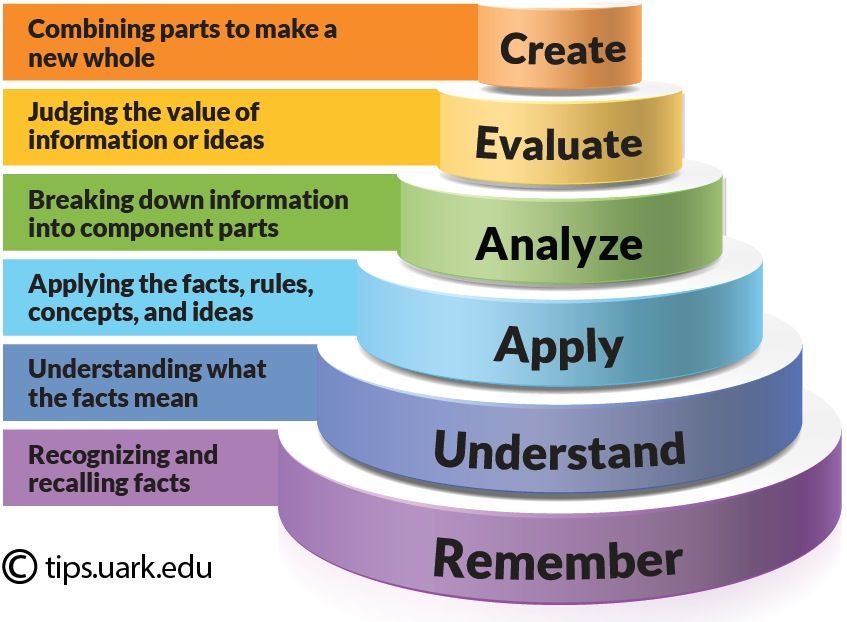 Он считает, что им могли помочь в год Эль-Ниньо, когда
направление ветров и течений могло обрушиться на Рапа-Нуи прямо из
Южная Америка. В 1947 году сам Хейердал показал, что это возможно, при
минимум в теории; на бальзовом плоту Кон Тики он проплыл 4300
морских миль в течение трех месяцев и, наконец, сел на мель у рифа у
Полинезийский остров Пука Пука.
Он считает, что им могли помочь в год Эль-Ниньо, когда
направление ветров и течений могло обрушиться на Рапа-Нуи прямо из
Южная Америка. В 1947 году сам Хейердал показал, что это возможно, при
минимум в теории; на бальзовом плоту Кон Тики он проплыл 4300
морских миль в течение трех месяцев и, наконец, сел на мель у рифа у
Полинезийский остров Пука Пука. Даже капитан Кук в 1774 году заметил качество каменной кладки в
опорные стены возле моаи: «Мастерство изготовления не уступает
лучший простой кусок каменной кладки, который у нас есть в Англии. Они не используют никакого цемента;
однако стыки чрезвычайно тесны, а камни врезаны и сданы внаем.
один в другой, очень искусным образом».
Даже капитан Кук в 1774 году заметил качество каменной кладки в
опорные стены возле моаи: «Мастерство изготовления не уступает
лучший простой кусок каменной кладки, который у нас есть в Англии. Они не используют никакого цемента;
однако стыки чрезвычайно тесны, а камни врезаны и сданы внаем.
один в другой, очень искусным образом». здание.»
здание.» Большинство ученых указывают на культурное стремление к завершению
колоссальные каменные проекты на Рапа-Нуи как ключевая причина истощения
ресурсы острова. Но это было не единственное. Пальмовые леса
исчезли, расчищенные для сельского хозяйства, а также для перемещения моаи. Ван
Тилбург комментирует: «Цена, которую они заплатили за способ выражения
их духовные и политические идеи были островным миром, который возник,
во многом, но тень своего прежнего естественного «я».
Большинство ученых указывают на культурное стремление к завершению
колоссальные каменные проекты на Рапа-Нуи как ключевая причина истощения
ресурсы острова. Но это было не единственное. Пальмовые леса
исчезли, расчищенные для сельского хозяйства, а также для перемещения моаи. Ван
Тилбург комментирует: «Цена, которую они заплатили за способ выражения
их духовные и политические идеи были островным миром, который возник,
во многом, но тень своего прежнего естественного «я».
Leave A Comment